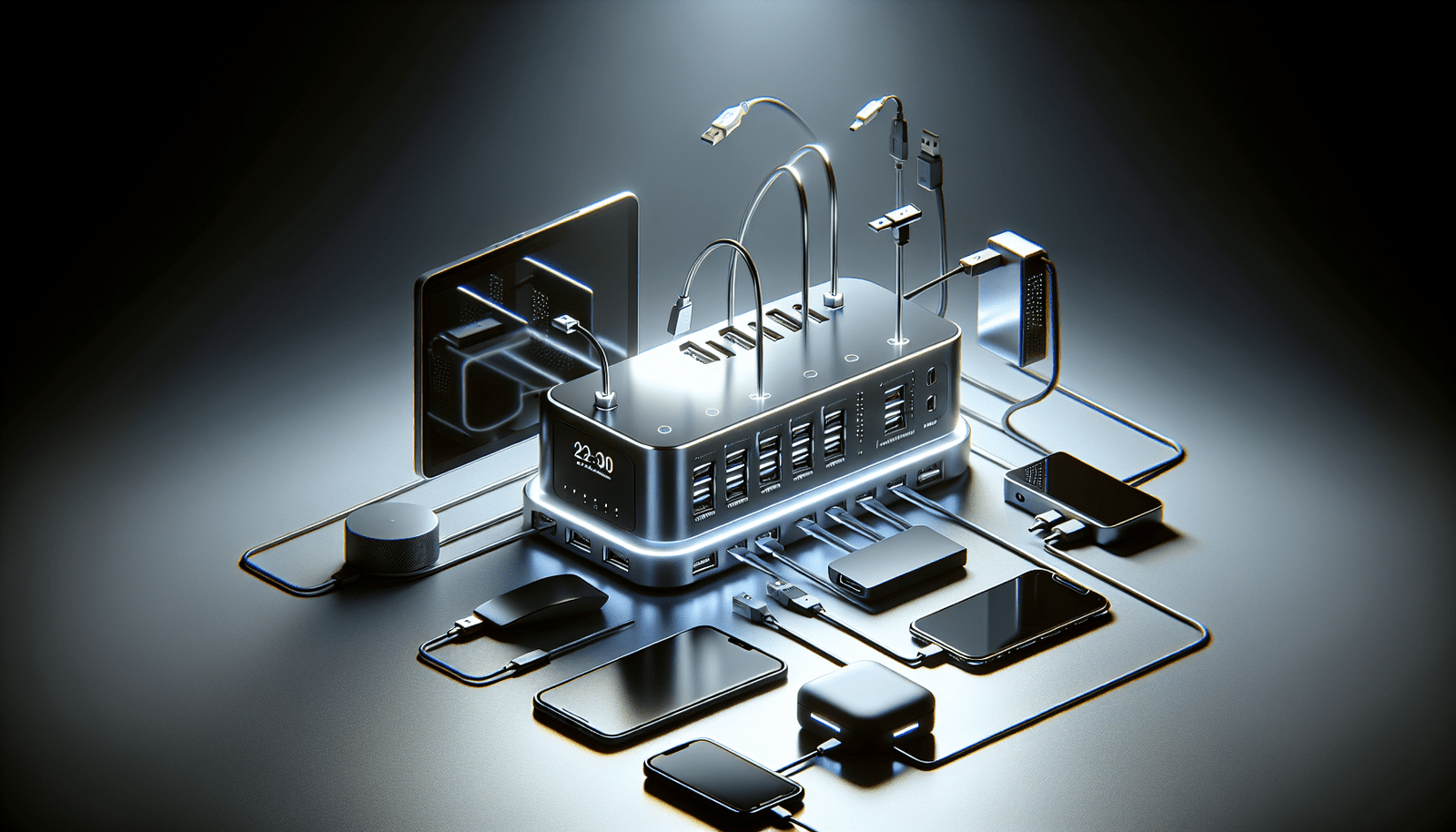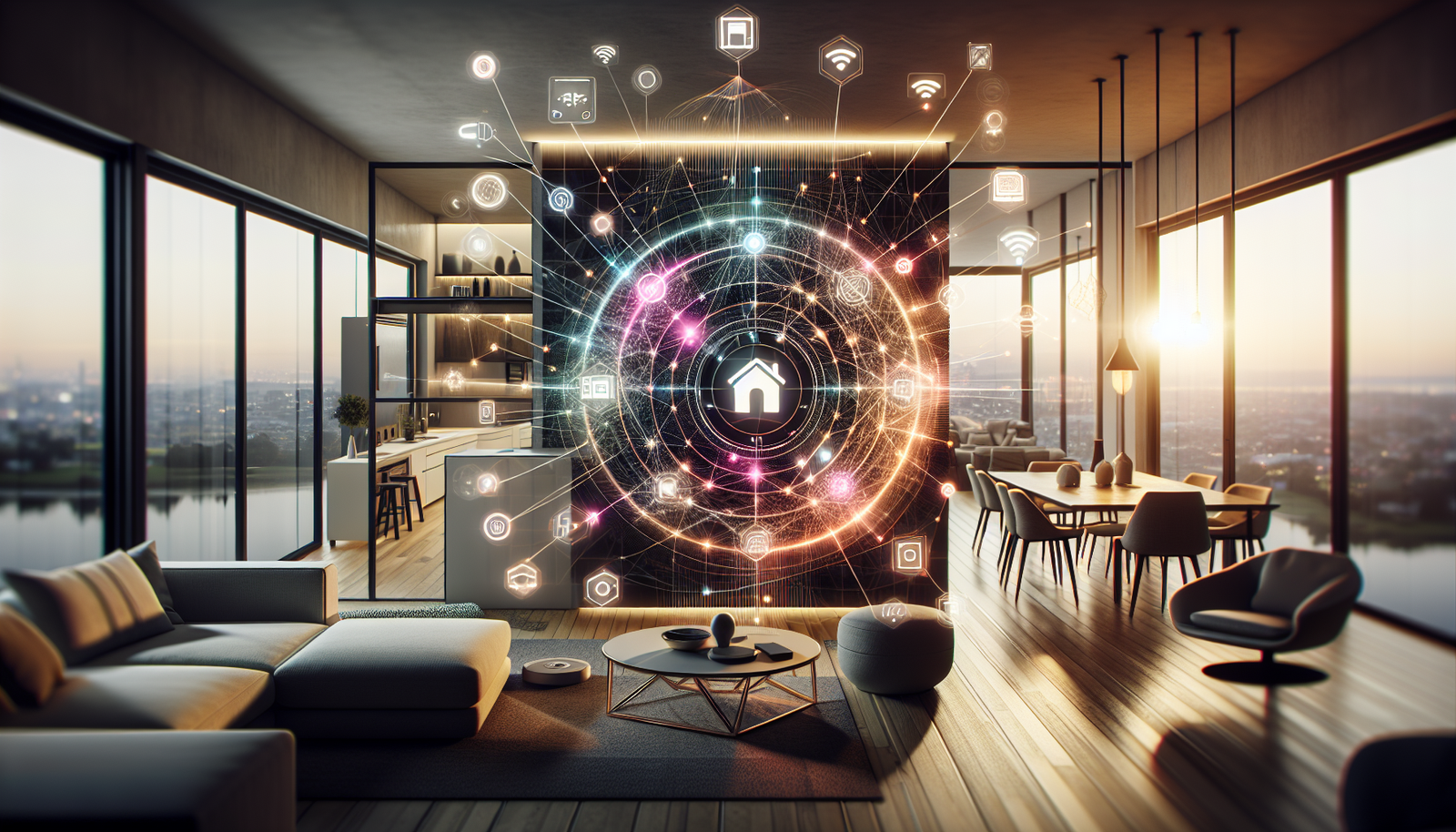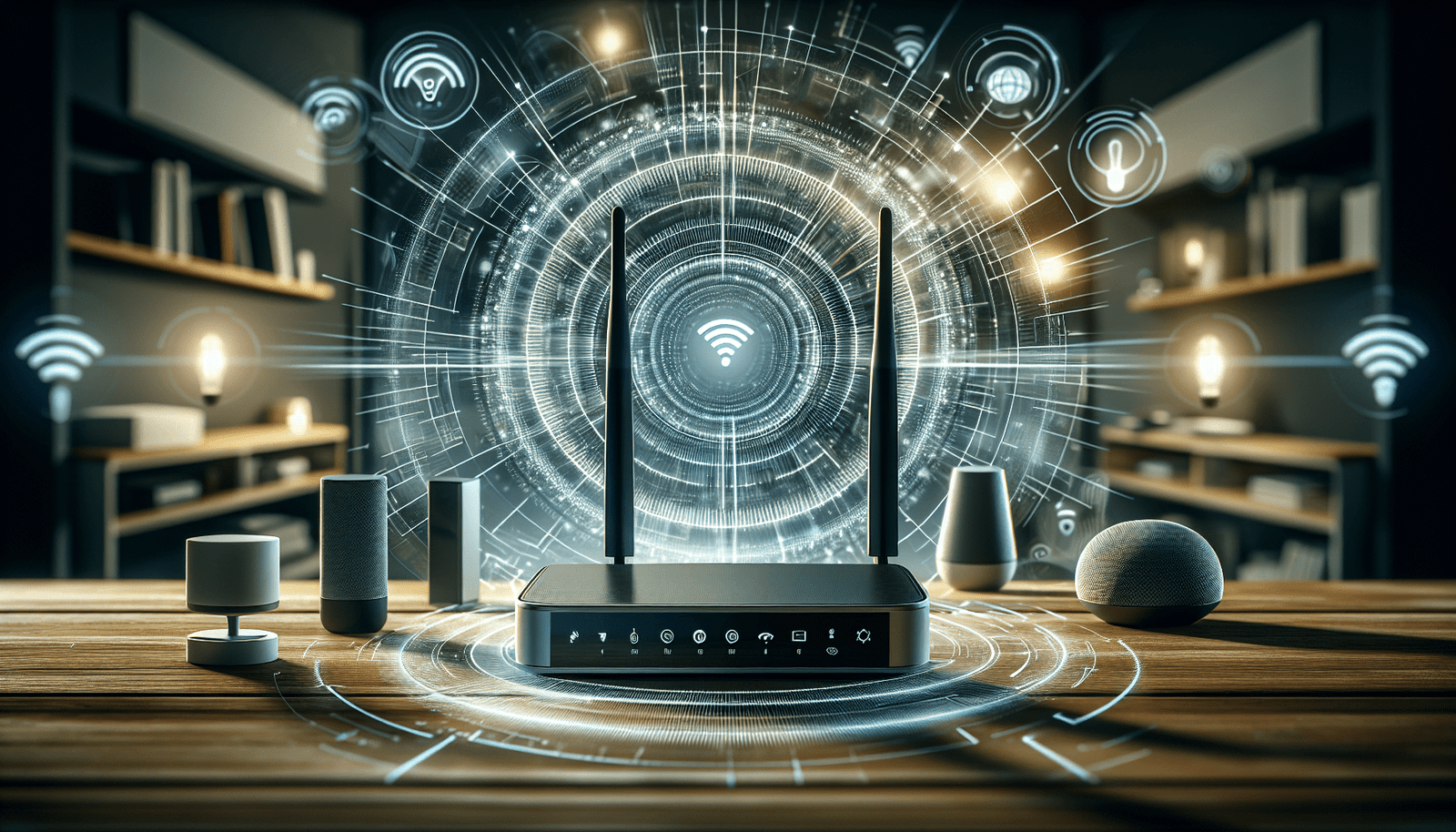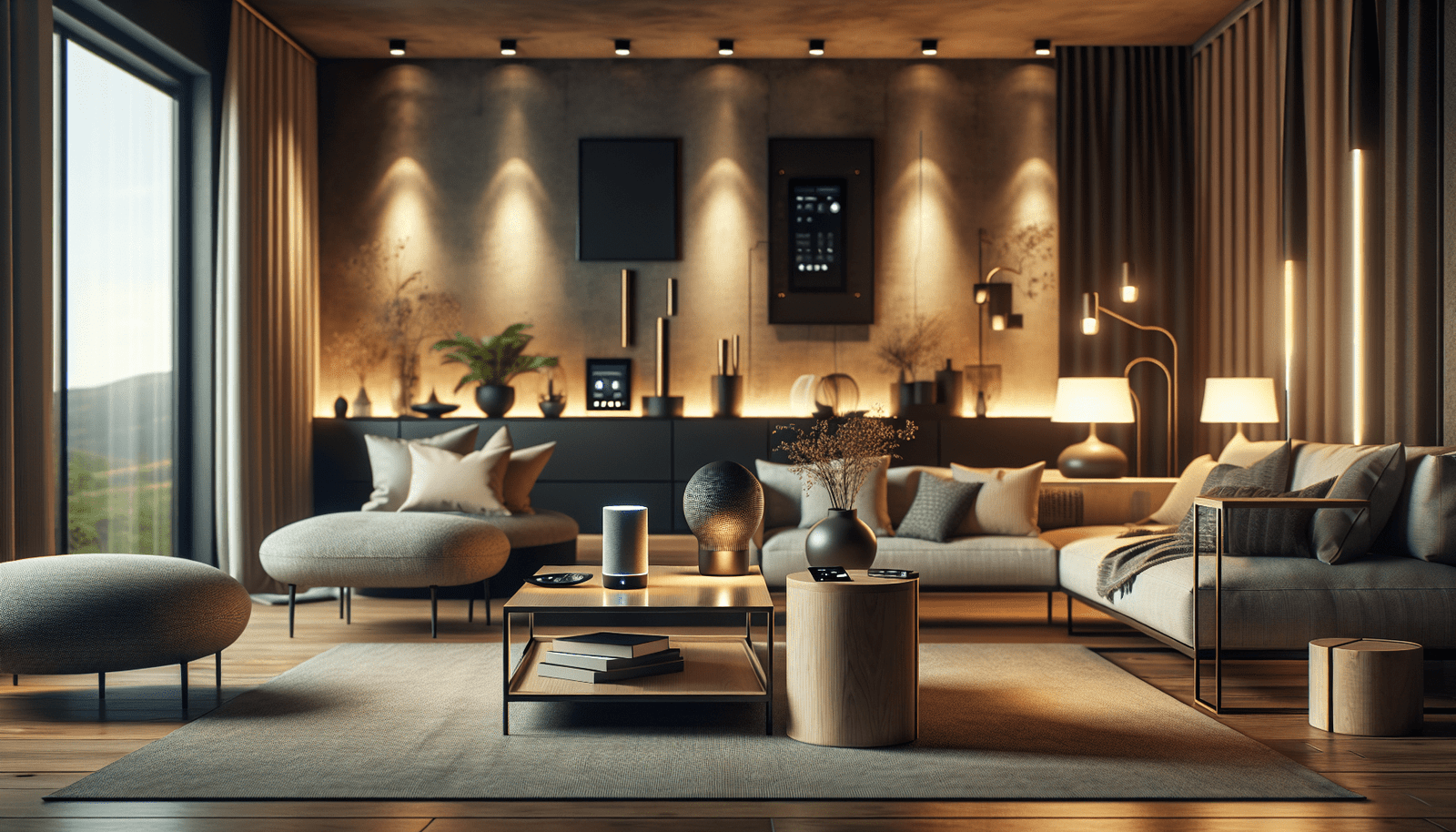Have you ever wondered why you might need a hub in your home? As you explore the world of smart technology, the concept of a hub, especially in conjunction with smart speakers, might seem both intriguing and overwhelming. This guide caters to everyone, from the tech enthusiast to the first-time buyer, and even the privacy-conscious individual worried about data security.
Understanding the Basics: What is a Hub?
Before diving into specifics, let’s clarify what a hub is. In the world of smart homes, a hub typically serves as the nerve center of your smart devices. It connects different gadgets, allowing them to communicate with each other and be controlled from a single interface. Think of it as the translator in a room full of people speaking different languages.
Differences Between Hubs and Smart Speakers
A common misconception is that hubs and smart speakers are interchangeable, but they serve distinct roles. A smart speaker, like an Amazon Echo or Google Home, primarily functions for voice commands and audio entertainment. While they have built-in capabilities to control some smart devices, their range and compatibility are often limited without a hub.
In contrast, a smart hub can connect to numerous smart devices across different protocols such as Zigbee, Z-Wave, Wi-Fi, and Bluetooth, ensuring seamless interaction and control across your home.
Why You Might Need a Smart Hub
So, why would you need a hub in your setup? Let’s break down the benefits.
Enhanced Compatibility and Control
Not all smart devices speak the same “language.” Some may run on Zigbee, others on Z-Wave, and many on Wi-Fi. A hub acts as a universal translator, ensuring all these devices can interact without hitches. This means less hassle for you in managing devices from multiple brands.
Automation Capabilities
One of the most exciting features of a hub is its automation capabilities. With a hub, you can set rules or schedules for your devices. Imagine waking up in the morning with your coffee maker starting, lights gradually turning on, and your favorite morning playlist kicking in—all without lifting a finger!
Streamlined Control
With a hub, you don’t need separate apps for each device. Simply use a unified interface to monitor and control everything from lighting and security cameras to thermostats and door locks. This streamlined process can enhance your daily convenience and efficiency.

Choosing the Right Hub for Your Home
Selecting a hub depends on your specific needs and existing devices. Here are some considerations:
Compatibility with Existing Devices
Check the protocols your devices support (e.g., Zigbee, Z-Wave) and ensure the hub you choose is compatible. Some hubs are more universal, while others are tailored to specific ecosystems.
User Interface and Ease of Use
Opt for a hub with a user-friendly interface. Whether you prefer app-based control or more tactile, physical controls, your hub should make daily operations simpler, not more complicated.
Future-Proofing
Smart home tech is rapidly evolving, so choose a hub that’s adaptable to future updates and expansions in your setup. Go for reputable brands with a track record of software updates and support.
Privacy and Security Considerations
In our increasingly connected homes, security is paramount.
Data Privacy
Ensure that the hub you choose prioritizes privacy. Look for hubs that offer encryption and robust privacy policies. Be aware of what data is collected and how it’s used by both the hub manufacturer and related smart devices.
Physical Security
Consider hubs with features like two-factor authentication and secure boot—a process that protects the device’s software integrity. Additionally, some home routers offer integrated features that enhance security, such as network partitioning to keep your IoT devices separate from your primary network.
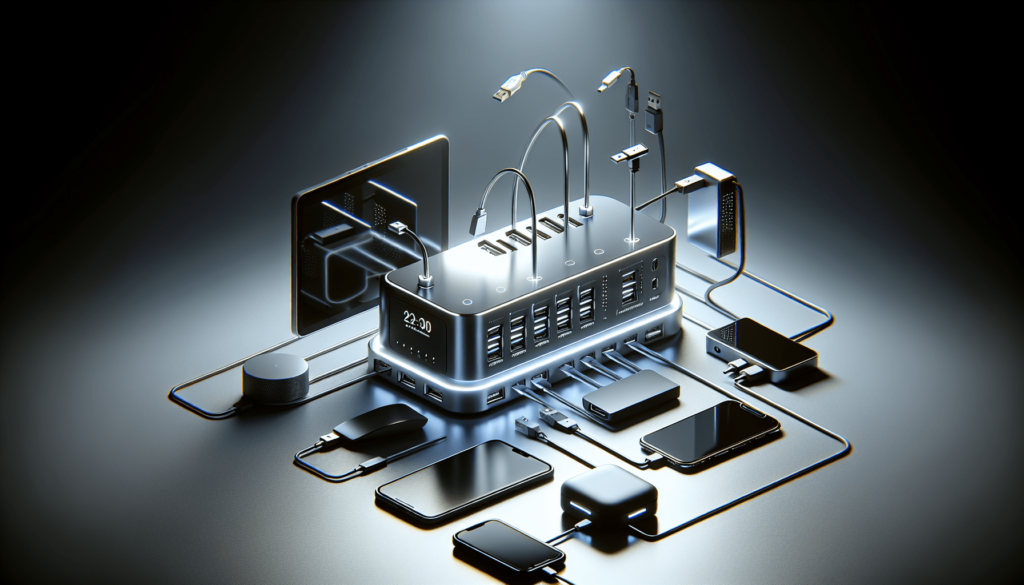
Smart Speakers: More Than Just Music
Integrating Smart Speakers with Hubs
Smart speakers often function seamlessly with smart hubs, expanding their capabilities. For example, with both a speaker and a hub, you can use voice commands to activate complex routines set by the hub or control devices that might not directly integrate with the speaker itself.
Audio Quality and Entertainment
Music lovers will appreciate the high-quality audio features of smart speakers. Many speakers, such as Apple’s HomePod or the Sonos series, emphasize superior sound quality, filling your home with crisp audio for all your entertainment needs.
Multi-Room Audio Systems
Smart speakers can also work together to create a multi-room audio system, allowing you to play synchronized music throughout your home. This can be managed more efficiently with a hub, which can control the distribution of audio across different speakers and rooms.
Troubleshooting Common Issues
Even with the best setups, technical issues can arise. Here’s how to troubleshoot common problems.
Connectivity Issues
Check your network strength and hub placement. Ensure that your devices are within range and that there are minimal obstructions. Restarting your hub and devices can resolve temporary connectivity glitches.
Syncing Problems
If your devices aren’t syncing properly with the hub, ensure firmware is up-to-date across all devices. Sometimes, factory resetting a device and re-adding it can resolve persistent syncing issues.
Unexpected Behavior
If a device behaves unexpectedly, review your automation settings. Triggers can sometimes be set incorrectly, leading to arbitrary actions. Ensure your hub’s software is updated to avoid software-related errors.
Actionable Guides for Setup and Use
Initial Setup
Start by connecting your hub to your home network. Follow manufacturer instructions carefully, ensuring you install any necessary apps on your smartphone or tablet for control.
Device Pairing
Read through the hub’s compatibility list and add devices one by one, following the specified instructions. Most hubs have a built-in wizard to guide you through the pairing process step-by-step.
Creating Automations
Use your hub’s app to explore automation options. Start simple with actions like turning lights on and off at specific times, then build more complex automations as you become comfortable with the system.
Addressing Common Concerns
Energy Consumption
Smart hubs and devices can impact your energy bills. Choose energy-efficient devices and use automation to minimize power wastage, such as turning off lights when no one is in the room.
Compatibility
Stay informed about new device releases and compatibility updates from your hub manufacturer. Regularly check for firmware updates to maintain a smooth operation and expand your system with new devices seamlessly.
Security Updates
Schedule regular checks for software updates to ensure your hub is equipped with the latest security patches. Manufacturers consistently release updates to address vulnerabilities discovered post-launch.
Frequently Asked Questions
Do I really need a hub for my smart home?
While not absolutely necessary, a hub significantly enhances the functionality and integration of diverse smart devices, especially if you have gadgets from multiple manufacturers.
Can I use more than one hub?
Yes, you can use multiple hubs to manage different types of devices or large setups. However, ensure they are compatible or can integrate smoothly to avoid conflicts.
Are hubs difficult to set up and manage?
Most modern hubs have user-friendly interfaces and step-by-step guides for setup and management, making them accessible even for beginners.
In conclusion, a hub can be a valuable addition to your smart home, offering enhanced control, compatibility, and security. Whether you’re a seasoned tech enthusiast or a beginner, the right hub can streamline and elevate your connected living experience, merging convenience with innovation—without compromising privacy.
Disclosure: As an Amazon Associate, I earn from qualifying purchases.
